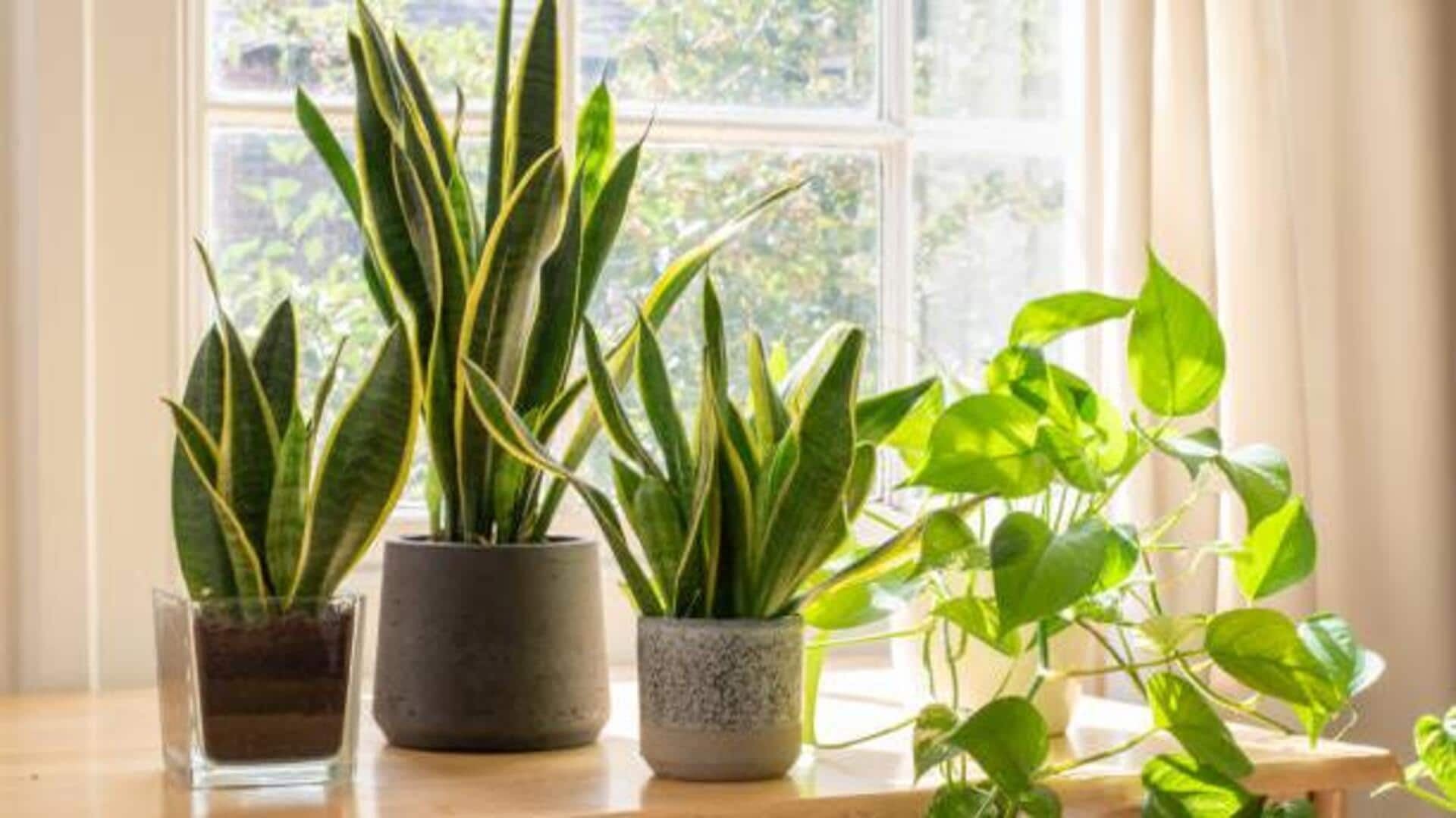
How to improve the lifespan of indoor plants
What's the story
Indoor plants can add life and vibrancy to any space, but getting them to thrive requires more than sunlight and water. Fertilization is key to extending the life of your indoor greenery. By knowing the right fertilization techniques, you can stimulate growth and vitality in plants. Here are some essential tips to help you boost your indoor plants' health through effective fertilization strategies.
Tip 1
Understanding plant nutrient needs
Each plant species has specific nutrient needs that must be fulfilled for healthy growth. The most important nutrients include nitrogen, phosphorus, and potassium, commonly known as N-P-K. While nitrogen is responsible for growing leaves, phosphorus is for roots and potassium is for overall plant health. Knowing these requirements makes it easier to choose the right fertilizer combination for your plants.
Tip 2
Choosing the right fertilizer
Selecting an appropriate fertilizer is key to supporting your indoor plants' health. Organic fertilizers are made from natural sources such as compost or seaweed extract, and release nutrients slowly over time. Synthetic fertilizers give a quick nutrient boost but may require careful application to avoid over-fertilizing. Remember to consider factors such as plant type, growth stage, and environmental conditions when choosing a fertilizer.
Tip 3
Timing your fertilization schedule
When it comes to fertilizing indoor plants, timing is everything. Most houseplants benefit from regular feeding during their active growing season, usually spring through early fall. During winter months or dormant periods, reduce or halt fertilization as plants require fewer nutrients then. Following a consistent schedule makes sure your plants receive nutrients when they need them the most.
Tip 4
Monitoring plant response
Observing how your indoor plants react after fertilization is crucial for tweaking care routines accordingly. Look for signs of healthy new growth or vibrant foliage as indicators of successful nutrient uptake. On the other hand, yellowing leaves or stunted growth may indicate over-fertilizing or nutrient imbalances requiring corrective action such as flushing excess salts from soil with water.